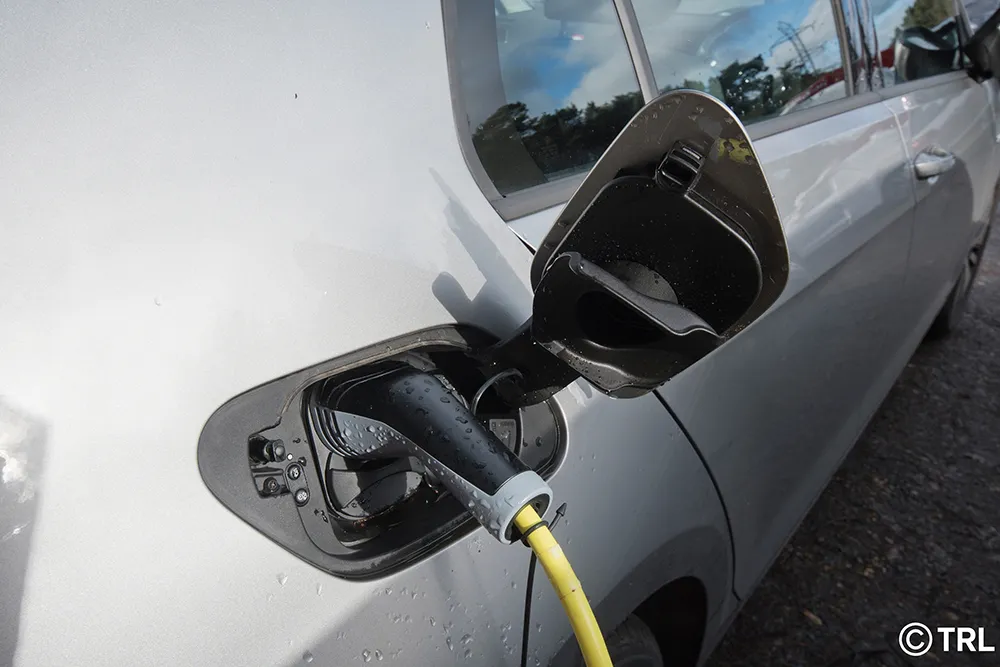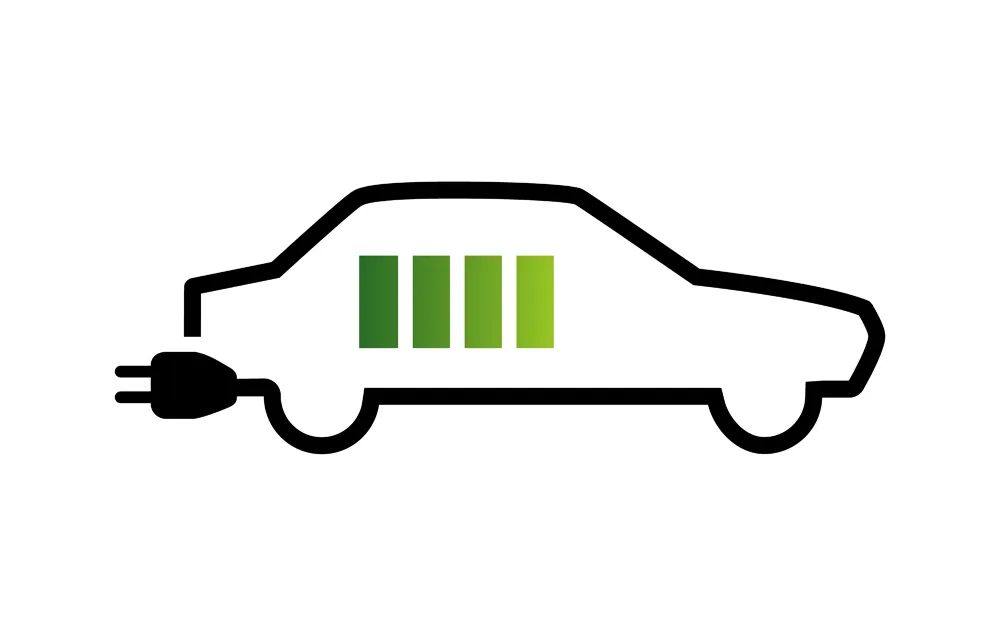Analysts at IDTechEx have issued a new report, Electric Boats and Ships 2017-2027 looking at this fragmented but often highly profitable and growing sector. It says there are already over 100 manufacturers of electric boats and ships. The report finds that the market for hybrid and pure electric boats and ships will rise rapidly to over US$20 billion worldwide in 2027 for non-military versions.
The recreational boat market is the largest and fastest growing electric marine market in sales number, followe
January 13, 2017
Read time: 3 mins
Analysts at 6582 IDTechEx have issued a new report, Electric Boats and Ships 2017-2027 looking at this fragmented but often highly profitable and growing sector. It says there are already over 100 manufacturers of electric boats and ships. The report finds that the market for hybrid and pure electric boats and ships will rise rapidly to over US$20 billion worldwide in 2027 for non-military versions.
The recreational boat market is the largest and fastest growing electric marine market in sales number, followed by underwater leisure and autonomous underwater vehicles. On-water commercial marine category is currently the largest marine EV value market. Leisure craft on inland waterways, notably in the USA and Europe, will become the largest sector as more places from Germany to India ban internal combustion engines or, as with SunMoon Lake in Taiwan, the operators unanimously agree to go clean and quiet.
Researchers say the decade will end with huge environmental pressures making owners of industrial and commercial seagoing craft clean up more rapidly. Long life of a ship will no longer be an excuse. One large ship can emit the global warming carbon dioxide of 70,000 cars, the acidic nitrogen oxides of two million cars and the carcinogenic particulates of 2.5 million cars.
Hybrid and pure electric marine vessels (EVs), with electric propulsion some or all of the time, have been around for over 100 years. The electric boat Lady Lena dates from 1890. Currently, the market for electric and hybrid watercraft is still significantly low with about 1-2% of the addressable market.
All-electric systems consist of an electric motor being powered by a battery pack. Hybrid electric systems consist of a fuelled engine and energy storage used to propel the craft sometimes (parallel hybrid) or to charge the battery (series hybrid).
Traditional electric drive where there is no substantial battery and therefore no pure electric mode or even downsized engine is mainly suited to large craft: it is seen in diesel-electric and nuclear-electric ships and submarines not covered in the report.
Beyond new electric craft, there is already a substantial and growing business in retrofit of hybrid electric ferries and other ships with pure electric or hybrid electric powertrains. There is also potential to sell hundreds of thousands of pure electric outboard motors yearly as they become more affordable and more energy harvesting is provided on the craft to charge the batteries, improving range. Cost of ownership plummets due to due to cheap electricity, energy harvesting and reliability. The report explains the many new forms of energy harvesting delivering on-board ‘free’ electricity.
Steady improvement in battery performance and price will drive demand upwards as will faster charging. The report provides coverage of the batteries and explains supercapacitor and other system evolution. Although the marine market is not the largest addressable market for Li-ion batteries, it is expected to be a major secondary value market due to the battery typically being unusually large, one MWh not being unusual. Technical limitations facing such Li-ion batteries include energy and power density, life, charge rate, size, and weight. Other factors hindering the fast adoption of electric and hybrid marine technology is the ability to maintain and find replacement components for such propulsion systems.
The recreational boat market is the largest and fastest growing electric marine market in sales number, followed by underwater leisure and autonomous underwater vehicles. On-water commercial marine category is currently the largest marine EV value market. Leisure craft on inland waterways, notably in the USA and Europe, will become the largest sector as more places from Germany to India ban internal combustion engines or, as with SunMoon Lake in Taiwan, the operators unanimously agree to go clean and quiet.
Researchers say the decade will end with huge environmental pressures making owners of industrial and commercial seagoing craft clean up more rapidly. Long life of a ship will no longer be an excuse. One large ship can emit the global warming carbon dioxide of 70,000 cars, the acidic nitrogen oxides of two million cars and the carcinogenic particulates of 2.5 million cars.
Hybrid and pure electric marine vessels (EVs), with electric propulsion some or all of the time, have been around for over 100 years. The electric boat Lady Lena dates from 1890. Currently, the market for electric and hybrid watercraft is still significantly low with about 1-2% of the addressable market.
All-electric systems consist of an electric motor being powered by a battery pack. Hybrid electric systems consist of a fuelled engine and energy storage used to propel the craft sometimes (parallel hybrid) or to charge the battery (series hybrid).
Traditional electric drive where there is no substantial battery and therefore no pure electric mode or even downsized engine is mainly suited to large craft: it is seen in diesel-electric and nuclear-electric ships and submarines not covered in the report.
Beyond new electric craft, there is already a substantial and growing business in retrofit of hybrid electric ferries and other ships with pure electric or hybrid electric powertrains. There is also potential to sell hundreds of thousands of pure electric outboard motors yearly as they become more affordable and more energy harvesting is provided on the craft to charge the batteries, improving range. Cost of ownership plummets due to due to cheap electricity, energy harvesting and reliability. The report explains the many new forms of energy harvesting delivering on-board ‘free’ electricity.
Steady improvement in battery performance and price will drive demand upwards as will faster charging. The report provides coverage of the batteries and explains supercapacitor and other system evolution. Although the marine market is not the largest addressable market for Li-ion batteries, it is expected to be a major secondary value market due to the battery typically being unusually large, one MWh not being unusual. Technical limitations facing such Li-ion batteries include energy and power density, life, charge rate, size, and weight. Other factors hindering the fast adoption of electric and hybrid marine technology is the ability to maintain and find replacement components for such propulsion systems.








